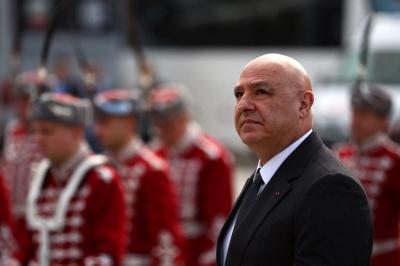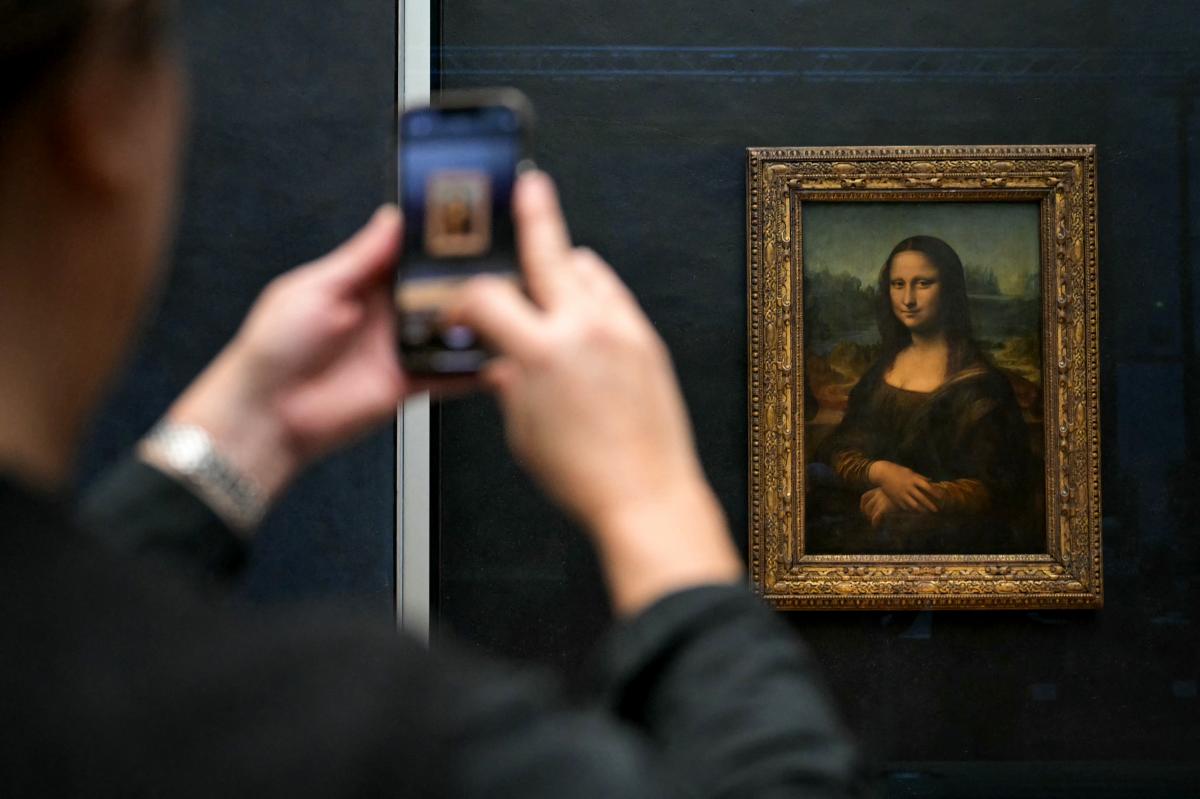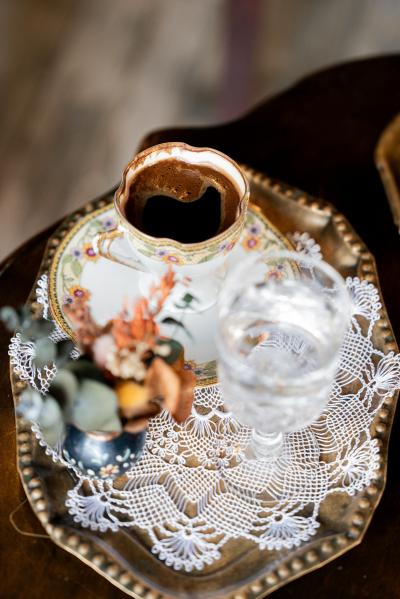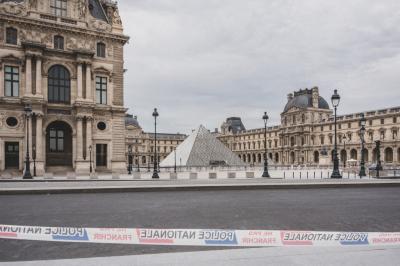She is arguably the most iconic painting in the world—Leonardo da Vinci’s Mona Lisa, housed behind bulletproof glass in a corner of the Louvre Museum in Paris, where millions of visitors queue for hours to catch a glimpse of her enigmatic smile. Cameras constantly flash, tourists marvel, and security guards keep watch over this priceless piece of art history.
Over 500 years ago, Leonardo sat before a small canvas, capturing the serene face of Lisa Gherardini, the wife of wealthy Florentine merchant Francesco del Giocondo. What began as a quiet portrait session evolved into one of the most celebrated masterpieces of all time. Today, she is known as La Gioconda in Italian and La Joconde in French, nods to her husband's name.
But what few know is that this masterpiece was once stolen—and not just stolen, but taken in one of the most mysterious art heists in history.
It was the morning of August 21, 1911. Louvre employees began their workday unaware that the museum would soon be the scene of chaos. Sometime that morning, someone noticed a space on the wall where the Mona Lisa once hung. No broken glass. No alarm. No sound. Just a blank spot.
Panic erupted. The museum was shut down. An investigation was launched. In the days that followed, the media frenzy intensified. Even famed poet Guillaume Apollinaire was briefly suspected. Authorities interrogated his friend, none other than Pablo Picasso. But while Paris spiraled into confusion, the Mona Lisa was already far away.
The thief? Not a shadowy international criminal, but a patriotic Italian handyman named Vincenzo Peruggia, who had been working at the Louvre. That Monday morning, dressed in a white work smock like other museum employees, he simply walked in, took the painting off the wall, hid it under his coat, and walked out.
Peruggia believed the Mona Lisa had been stolen from Italy by Napoleon and was determined to return it to its rightful homeland. However, he was mistaken—Leonardo himself had brought the painting to France, where he eventually died.
For over two years, the painting remained hidden. Then, in 1913, Peruggia tried to sell it to an art dealer in Florence. The dealer, suspicious, contacted the police. Authorities recovered the painting and paraded it through several Italian cities in a triumphant tour before returning it to the Louvre, where it was placed behind bulletproof glass for good.
What makes the Mona Lisa more than just a beautiful painting is a unique blend of elements:
- Her famously ambiguous smile that defies interpretation
- Eyes that seem to follow you no matter where you stand
- Leonardo’s revolutionary techniques in shading and composition
- And of course, the incredible story of her theft and recovery
Since her return to Paris, the Mona Lisa has transcended the canvas. She is no longer just a painting—she’s an unforgettable expression, a symbol of mystery, and, above all, a smile that cannot be stolen.
Please post your comments on:
[email protected]
 Politics
Politics













